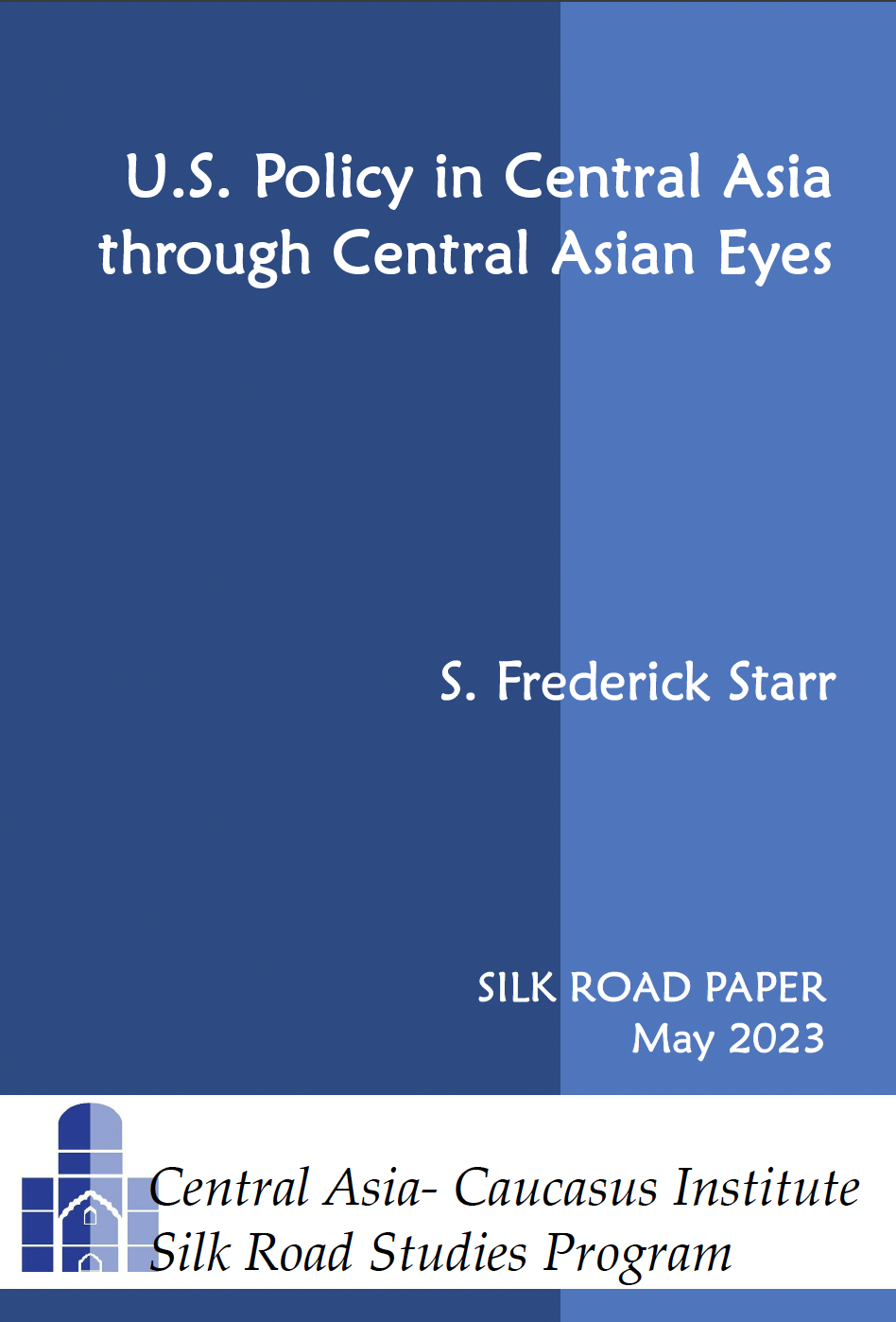BACKGROUND: There is a tendency to focus on patterns of bilateral relations in Central Asia, but dyads have dynamics different from triads, even if the triads are considered as three overlapping dyads. The eternal triangle of Russia, Iran, and Turkey is evolving in tandem, and in relation, with the various multilateral formations in the Central Asian region, although only three of the multilateral formations within Central Asia are of any significance and only one of them has a formal organizational body.
The one formal organization is the Central Asian Economic Union which includes Kazakhstan, Kyrgyzstan, Tajikistan and Uzbekistan. The leaders of these countries have concluded several agreements on expanding economic cooperation, but these will remain a dead letter until the Uzbek som is made fully convertible. The two multilateral formations are not embodied in formal organizations. One is a coalescence of energy-related issues bringing together Kazakhstan, Uzbekistan and Turkmenistan, in a geo-strategic sense, as a north-south axis along the eastern shore of the Caspian Sea. The other is a coalescence of counterinsurgency-related issues bringing together Kyrgyzstan, Tajikistan and Uzbekistan, also in a geo-strategic sense, as an east-west axis along the southern border of the Commonwealth of Independent States.
If we look at the ties that Russia, Iran and Turkey have with these two issue-constructed multilateral Central Asian formations and with the Central Asian Economic Union, it is clear that Russia is firmly implanted in all three Central Asian issues and throughout the region. These three issues are energy development, counter-insurgency, and economic cooperation. Iran’s connections are principally with the energy issue, though also and tangentially with the counter-insurgency issue. Turkey is connected almost exclusively with the energy development issue, although it is trying to recoup from its failure to establish economic influence in Central Asia during the last decade by making inroads in the counter-insurgency issue by beginning military assistance to Kyrgyzstan.
IMPLICATIONS: Within days after Putin's inauguration, a cooperation accord was signed between the Russian and Kazakhstani Security Councils. Uzbekistan still wishes to keep a margin of political maneuver in its relations with Russia. When Putin visited Uzbekistan in mid-May, President Karimov declared to the press, "There must be no doubt that our views fully coincide.'' Russia’s Gazprom will now import gas from Uzbekistan. Furthermore, Gazprom has Turkmenistan in a difficult position in price negotiations, and has taken over Belgian Tractebel's energy operations in Kazakhstan after Tractebel pulled out over disagreements with the government.
From 1715 to 1991, the Russian state (including the USSR) followed a pattern of allying either with the West European states against multinational land empires in Central and Eastern Europe (or their successors), or with the latter against Western Europe. Russia's geographical situation in Central Eurasia enables it now to deploy an analogous dual strategy in Central and East Asia. To the degree that Russia finds a community of interests with China, it may join with China to oppose any threats to its interests coming from Central Asia. Central Asia wishes by and large to resist Chinese influence, but cannot do so by itself. However, it would be a miscalculation if Moscow were to conceive of Central Asia as a buffer against China.
It remains to be seen to what degree Russia will try to resist Chinese influence in Central Asia. There are two near-term indicators of the preliminary answer to this. First, Putin will be visiting Beijing in the near future. Although it is likely that the two countries will sign accords on fighting "terrorism" and such, any political declaration emanating from the Beijing trip will bear very close scrutiny. Second, Gazprom’s plans to promote large-scale Kazakhstani oil exports to China should be closely watched to see if it desists from such an idea, just as LUKoil recently declined soon after Putin's inauguration either to participate in the construction of the Baku-Ceyhan pipeline or to commit oil to it.
CONCLUSION: Among Russia, Turkey and Iran, it is Russia that has become the agenda-maker in Central Asian diplomacy. If Russia is the agenda-maker, then Iran becomes an agenda-taker. This makes Turkey the agenda-breaker. But one has to wonder how much agenda-bending will be possible in the longer run, for the Blue Stream pipeline is now being constructed under the Black Sea for gas exports from Russia to Turkey.
The leaders of Russia, Iran, and Turkey, as well as the Central Asian countries and China, are all relatively young, installed in power or recently elected. They are all set to continue in office for a good part, if not most, of the first decade of the twenty-first century. The post-Cold War international transition in Central Asia has begun to come to an end. Social factors, however, impose a forecast of continued turbulence.
AUTHOR BIO: Dr. Robert M. Cutler is a Research Fellow with the Institute of European and Russian Studies, Carleton University, Canada. He focuses on ethnic conflict and energy issues in the greater Caspian/Black Sea basin and analyzes organizational designs of security structures proposed for various regions within "OSCE Europe." http://www.robertcutler.org
Copyright 2000 The Analyst All rights reserved




 Silk Road Paper S. Frederick Starr,
Silk Road Paper S. Frederick Starr,  Book Svante E. Cornell, ed., "
Book Svante E. Cornell, ed., "